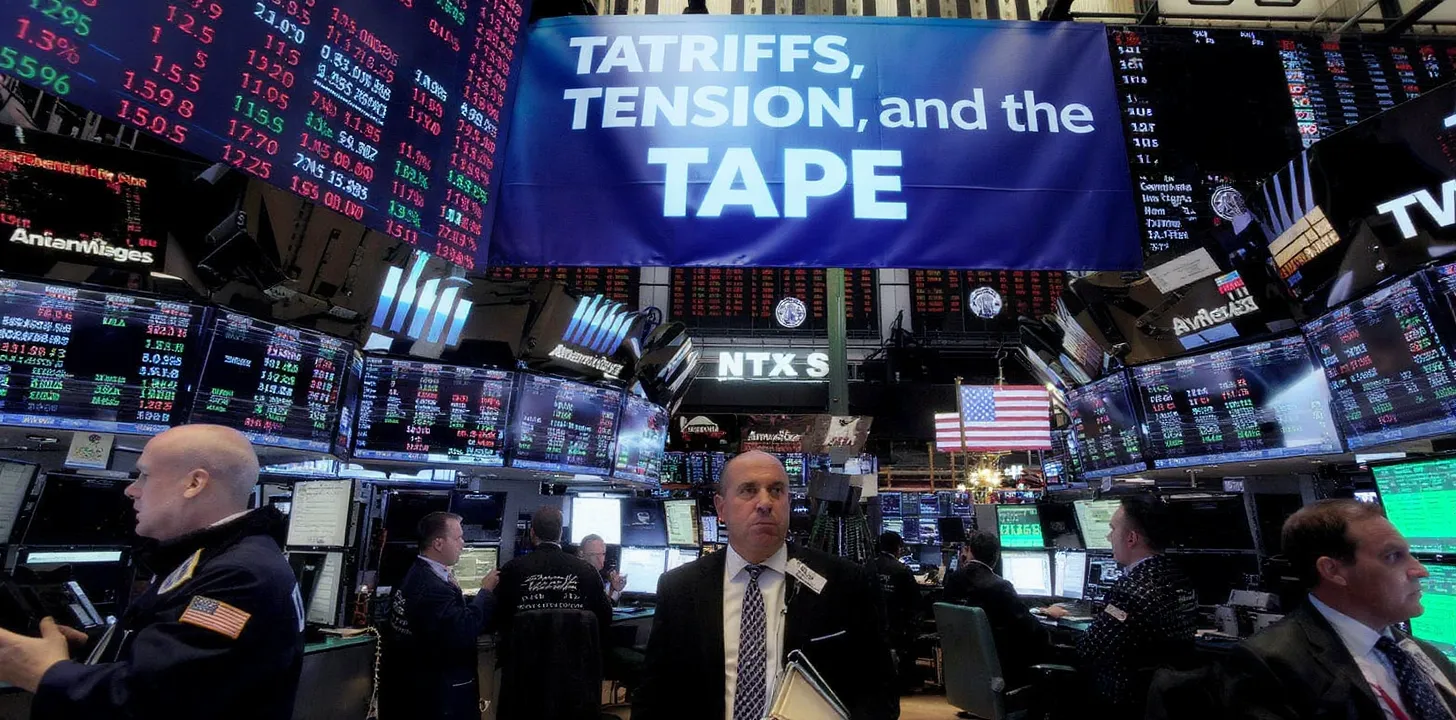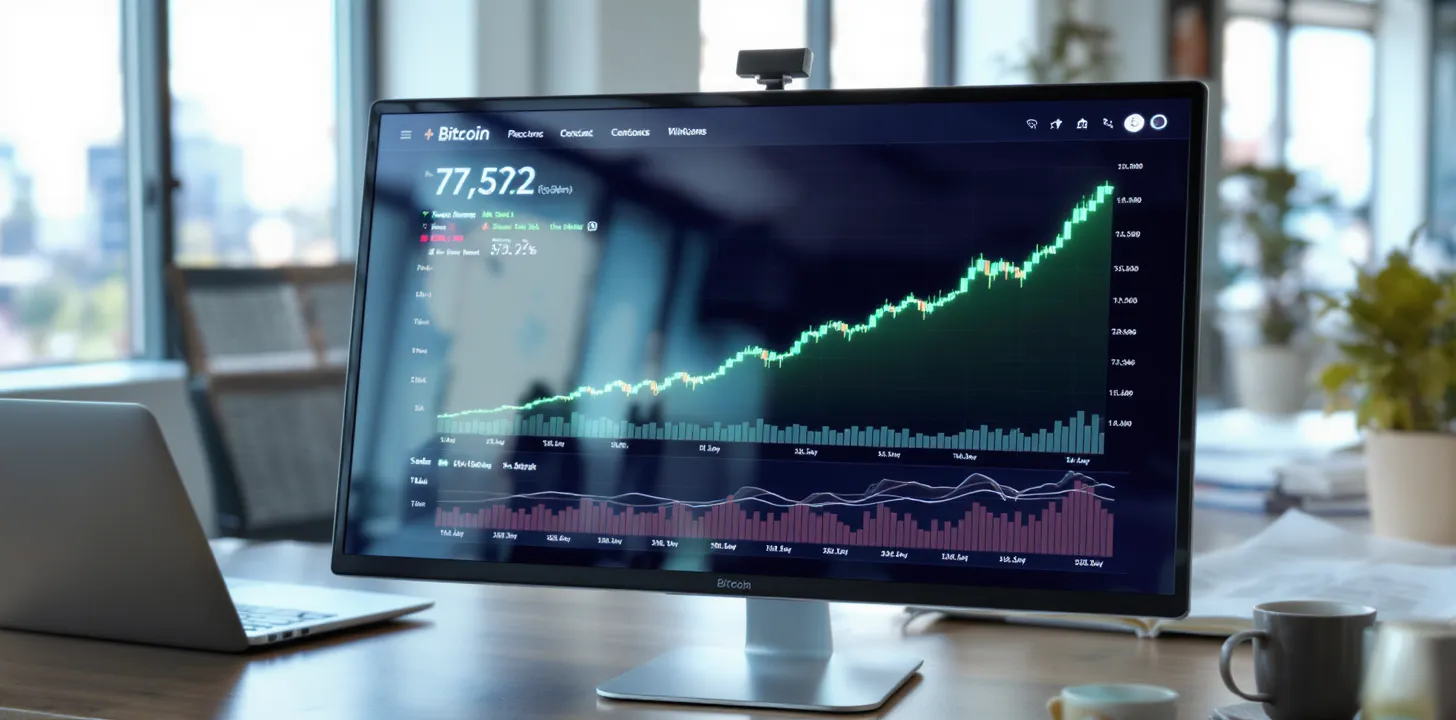Building a 360° Risk Lens: How to Evaluate Top Stocks in a Volatile 2025 Market
Building a 360° Risk Lens: How to Evaluate Top Stocks in a Volatile 2025 Market
Introduction
Equity indices keep notching records, yet under the surface the market’s risk complexion is anything but placid. A looming Aug1 tariff deadline, sticky inflation slightly above the Federal Reserve’s 2 % target, and a powerful—but increasingly concentrated—AIdriven rally have created a knifeedge environment for stock pickers. To separate opportunity from danger, traders need a multidimensional framework that interrogates risk from the macro level down to company microstructure.
1. Macroeconomic Drivers: Policy, Prices, and Rates
1.1 MonetaryPolicy Uncertainty
The Fed continues to signal “higherforlonger”: fedfunds sits between 4.25 %4.50 %, with futures implying barely a coinflip chance of a September cut . A single hot CPI print or tariffinduced inflation pop could delay easing and reprice durationsensitive sectors sharply.
1.2 Inflation Stickiness
San Francisco Fed economists warn that disinflation momentum has stalled; core PCE remains just above target and may tick higher nearterm. Companies with thin pricing power or costplus contracts face margin compression if input costs jump.
2. Policy & Regulatory Risk: The Tariff Wildcard
The White House’s August slate threatens 25 %50 % levies on major U.S. trading partners, yet the S&P 500’s volatility skew shows little hedging activity. Exportreliant names (industrial machinery, semiconductors, autos) could experience earnings downgrades within weeks if negotiations fail. A stresstest assumption of a 200 bp hit to operating margins offers a realistic downside case.
3. Geopolitical Flashpoints
BlackRock’s Geopolitical Risk Indicator has risen to its highest reading since early 2023, reflecting conflicts in Eastern Europe, cyber escalation in the Taiwan Strait, and energyshipping chokepoint threats. For an energy services firm, crude logistics risk is as material as oil price beta; for cloudinfrastructure providers, semiconductor supply visibility trumps revenue momentum. Integrate scenario trees that quantify revenue at risk (RAR) under each headline shock.
4. Sector Concentration & The AI Bubble Debate
Tech now commands 34 % of S&P 500 market cap, surpassing the 2000 peak, and the top10 names account for 40 % of index weight. Multiple strategists warn valuations are stretched—Goldman highlights “frothy” positioning while Apollo’s Torsten Sløk calls AI stocks more overvalued than dotcom peers. Positionlevel risk controls should cap singlefactor exposure (e.g., limit total AI thematic delta to <20 % of gross).
5. Company Fundamentals: Quality Filters
An earningsbeat headline often masks deteriorating freecashflow or inventory strain. Tesla illustrates how political risk (loss of EV tax credits) and execution missteps (delivery shortfall) can knock a market darling 18 % YTD despite longdated growth narratives . Deepdive duediligence must reconcile GAAP vs. nonGAAP, offbalancesheet liabilities, and revenue concentration ratios.
6. Valuation & RelativeAsset Pricing
The Equity Risk Premium (ERP) has flipped negative versus Treasuries, making stocks look expensive relative to bonds for the first time in a decade. When riskfree yields provide a >200 bp carry advantage, P/E expansion demands heroic growth assumptions. Models should stresstest equity multiples against a 50 bp rateshock scenario to surface pricetoyield sensitivity.
7. Liquidity & MarketMicrostructure Risk
Highyield bond spreads remain tight, but Nuveen warns liquidity can evaporate quickly in lowerquality credits . For equities, monitor average bidask depth and shortterm volatility of intraday spreads. Thin order books can magnify downside gaps when macro shock meets crowded positioning.
8. Behavioral & Sentiment Factors
A record calloption notional traded in June and retail flows into singlestock ETFs hit alltime highs—classic latecycle exuberance, according to Goldman strategists . Sentiment oscillators (putcall ratio, AAII bullsminusbears) should complement fundamental filters; extreme optimism is itself a quantifiable risk factor.
9. RiskMitigation Playbook
Diversify catalysts: Pair tariffsensitive exporters with domestically focused service plays.
Use options defensively: Collar overlays can harvest rich implied vols on overowned megacaps while preserving upside.
Dynamic sizing: Scale gross leverage inversely to liquidityatrisk (e.g., halve position size if average bidask depth drops 30 %).
Premortem drills: Write scenariospecific game plans (e.g., “Fed surprise hike”) before they happen; execution speed is edge.
Conclusion
In 2025’s febrile environment, risk is not monolithic but a lattice of interacting forces—policy, geopolitics, macro, valuation, behavior. Building a 360° lens means interrogating each layer, quantifying exposure, and embedding mitigation levers directly into the tradeselection workflow. The goal is not to eliminate risk (impossible) but to own only the risks that pay, hedge those that don’t, and sidestep the blind spots that punish complacency.



